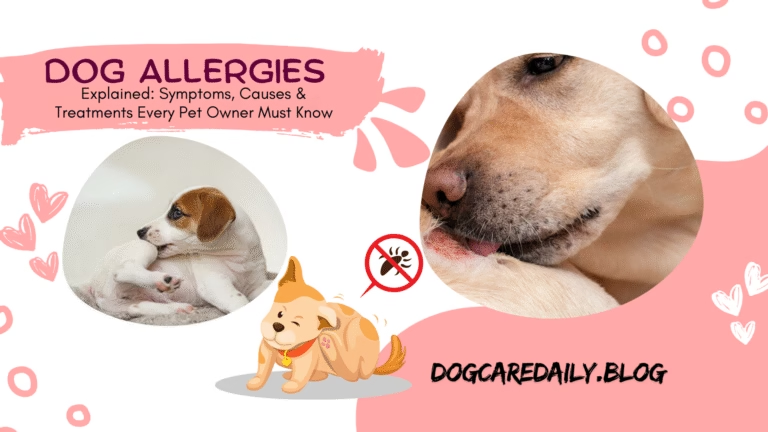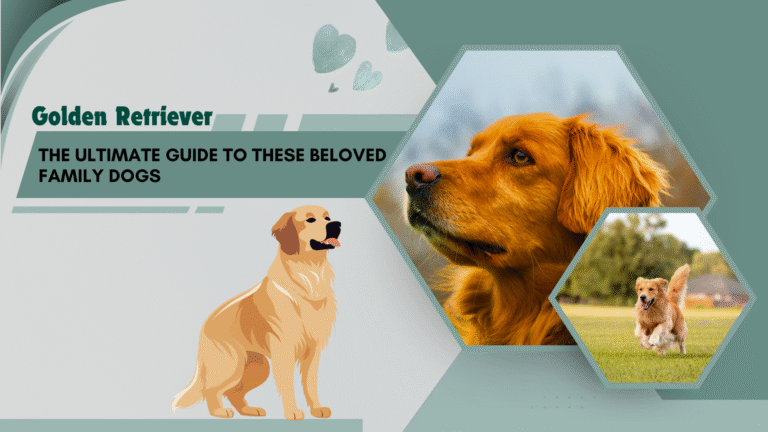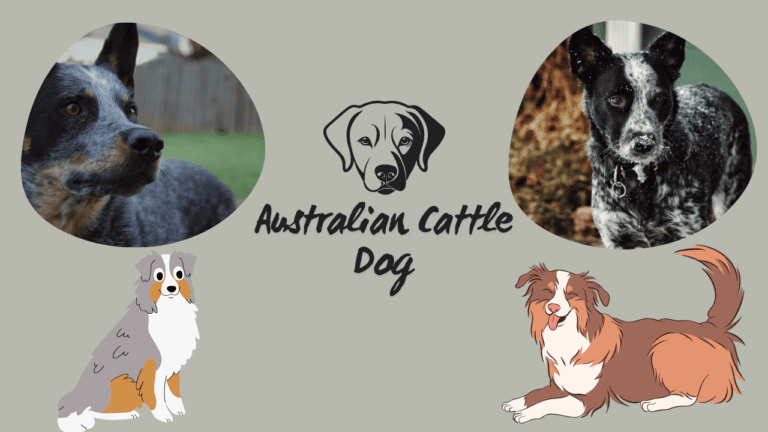10 Essential Dog Skin Care Tips Every Pet Owner Must Know
Your dog’s skin is not just a barrier; it is a sign of their health in general. Neglected skin can get dry, itchy, and infected. Fortunately, there are numerous simple ways to maintain your dog’s skin at its best. Let’s take a look at the best and vet-approved tips for healthy, radiant dog skin.
Regular Brushing: The First Line of Defense
Brushing is not just about looks it’s also about wellness. Brushing spreads natural oils all over the coat, minimizes matting, and loosens dirt and allergens. Based on your dog’s breed and coat length:
-
Short–haired dogs: Brush weekly.
-
Long–haired dogs: Brush daily to prevent tangles and accumulation.
Brushing is also an opportunity for you to check for early signs of skin problems such as redness, bumps, or parasites.
Bathe Smart: Don’t Overdo It
Over-bathing is what will drain your dog’s skin of its natural oils, leaving it dry and flaky. A good rule of thumb:
-
Bathe your dog every 4-6 weeks.
-
Bathe with only dog-specific, moisturizing shampoos.
-
Rinse thoroughly to avoid buildup that irritates.
Consult your vet before using medicated shampoos if your dog has skin issues.
Feed for Healthy Skin: Nutrition Matters
Diet also has a big impact on your dog’s skin and coat health. Make sure their diet contains:
-
Omega-3 and Omega-6 fatty acids (excellent for fighting inflammation and dry skin).
-
High-quality protein for cell repair and growth.
-
Vitamin A, E, and Zinc help rejuvenate skin cells and reduce itchiness.
A veterinarian-recommended diet will keep chronic conditions like allergies or dermatitis under control.
Keep Them Hydrated
Water is easy to drink and is essential. Dehydration can cause dry, flaky skin and coat and dull hair. Ensure:
-
Fresh, clean water is always accessible.
-
You keep an eye on your dog’s water consumption, particularly during the hot summer months or by exercising your dog.
In addition, by including moisture-rich foods such as wet food or broth if dehydration is present.
Prevent Parasites Before They Strike
Fleas, ticks, and mites can destroy your dog’s skin. These insects can lead to:
-
Repeated scratching and hot spots.
-
Open-wound infections.
-
Allergic reactions in sensitive dogs.
Keep your dog safe with periodic parasite control treatments prescribed by your veterinarian.
Know the Signs of Allergies
Allergies may be brought on by food, the environment, or grooming products. If your dog:
-
Repeatedly scratches
-
Develops red, inflamed skin
-
Trims bald spots or creates bumps
it may be an allergy. Speak with your vet to identify the reason and make some adjustment to your dog’s surroundings or diet.
Pick the Right Grooming Products
All shampoos are not healthy for dogs. Human soap or strong cleaners will disrupt your dog’s skin pH and be irritating. Use:
-
Mild, unscented dog shampoos
-
Hypoallergenic for sensitive skin
-
Medicated only on a veterinarian’s advice
Patch test new products before use.
Regular Vet Visits for Skin Check-Ups
Even with good care, certain skin issues need the expertise of a professional. Check-ups can diagnose:
-
Fungal or bacterial infections
-
Autoimmune skin diseases
-
Hormonal fluctuations on skin health
Early intervention avoids pain and expensive treatment later.
Environmental Awareness: Clean Space, Happy Skin
Dust, mold, and pollen can all cause your dog’s skin to become irritable. Avoid flare-ups by:
-
Weekly washing of bedding
-
Non-toxic cleaning products
-
Cleaning your dog’s paws and belly after going out
Performing these small actions avoids the accumulation of allergens on the skin.
Keep Your Dog Fit to Prevent Skin Folds
Overweight dogs also have skin folds where bacteria and moisture can collect, causing infections. By keeping your pet at the proper weight through:
-
Portion-controlled feeding
-
Regular exercise
-
Control of treats
and avoiding these skin problems as well as overall health.
Frequently Asked Questions (FAQs)
Q1: How often should I bathe my dog?
Generally, every 4–6 weeks. Excessive bathing may cause dry skin. Use shampoos formulated for use on dogs and ask a vet for dogs with skin problems.
Q2: Can I use human shampoo on my dog?
No. Human shampoos disrupt your dog’s skin pH and can cause irritation. Always use products formulated for canine skin.
Q3: What are the signs my dog has a skin allergy?
Scratching, licking, redness, and loss of hair are normal indicators. A vet can identify and treat the type of allergy.
Q4: What should I feed my dog for healthy skin?
The best diet is one that contains a lot of omega fatty acids, protein, and skin-nourishing vitamins. Feed dog food that is specifically described as maintaining “skin and coat” health.
Q5: How do I know if my dog is dehydrated?
Dry gums, sunken eyes, and lethargy are signs. Make sure they have plenty of clean water to drink, especially on warm days.
Q6: Are certain breeds more prone to skin issues?
Yes. Bulldogs, Pugs, Retrievers, and Terriers are more susceptible because of their folds, coats, or genetic makeup.
Conclusion
Caring for your dog’s skin is easy it just takes consistency and diligence. From a balanced diet and good hydration to grooming in the right way, your dog’s skin health is up to you. Regular vet visits and knowing your stuff will keep you from missing things and from treating problems early on. With these tips on dog skin care, your beloved friend can enjoy life as a comfortable, healthy, shining specimen.







